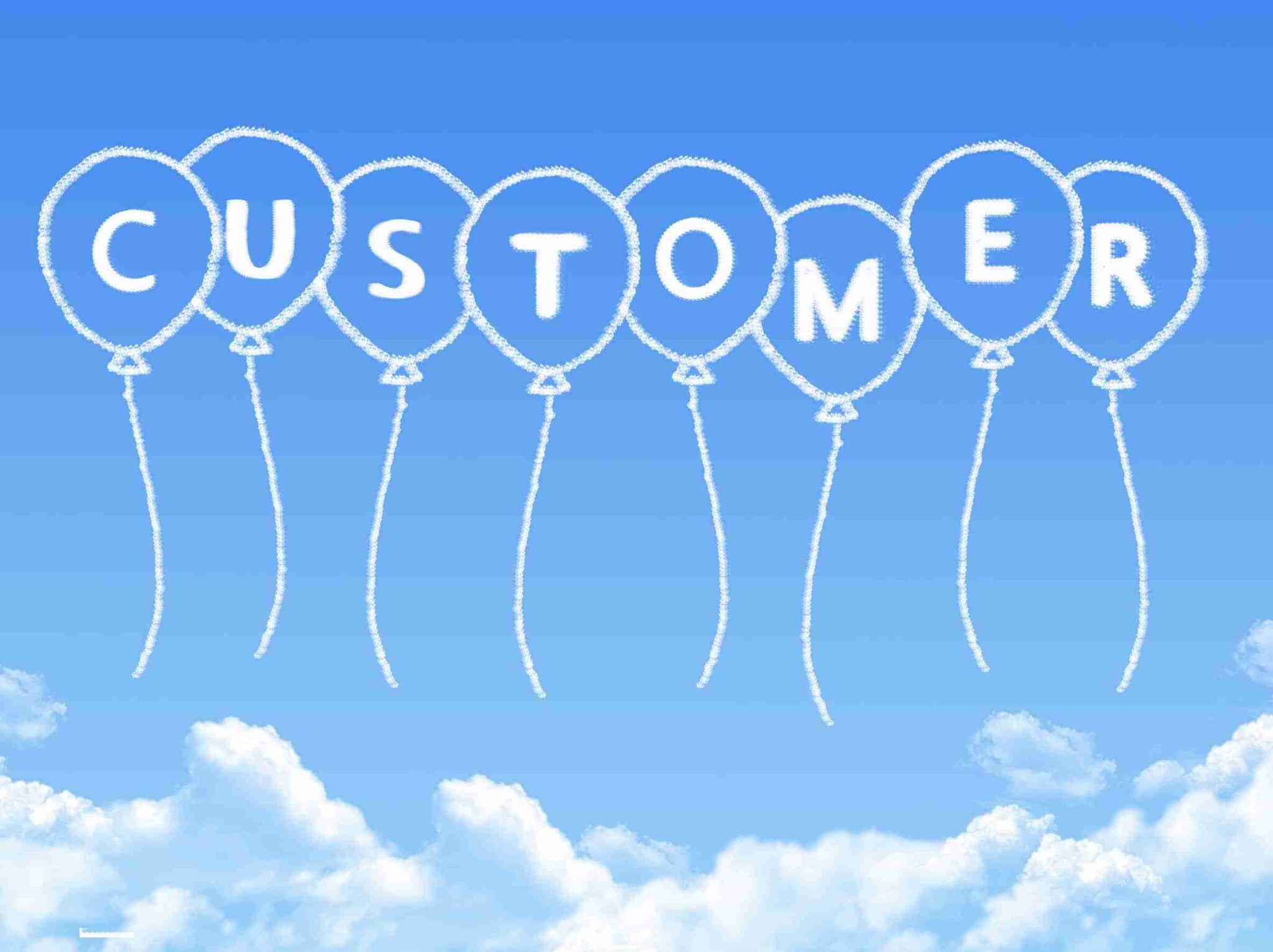How to Retain Customers in Competitive Markets (Even If You’re New)
In today’s crowded marketplace, retaining customers presents unique challenges, especially for new businesses. Understanding customers’ needs is crucial for building lasting relationships and ensuring loyalty. By actively identifying and addressing their pain points, businesses can create tailored experiences that foster trust and satisfaction. According to a study by [HubSpot], when customers feel understood, they are more likely to remain loyal.
Optimizing the customer onboarding process is essential for creating a seamless first impression. A streamlined onboarding experience can significantly boost engagement and initial satisfaction, laying the groundwork for long-term retention. Utilizing effective onboarding strategies such as guided tours and prompt customer support can enhance early interactions, making clients feel valued from the outset.
Delivering consistent value through engaging content and effective communication is another key strategy. Providing ongoing, meaningful insights keeps the brand top-of-mind for existing clients, reinforcing the relationship over time. Regular updates and newsletters can keep customers informed while demonstrating a commitment to their needs.
Personalizing the customer experience across various touchpoints not only enhances engagement but also cultivates loyalty. By leveraging customer data to tailor interactions, businesses can ensure their offerings resonate more deeply in a competitive landscape. Continuously measuring customer satisfaction and acting on feedback are vital for making necessary improvements, ultimately encouraging repeat business. Implementing loyalty programs and targeted incentives can also create a structured approach to retaining customers, even amid fierce competition.
Strategies for Retaining Customers Amidst Competition
In an ever-evolving business landscape, understanding customer needs extends beyond initial engagement. Businesses must continually measure customer satisfaction and act on feedback to ensure lasting loyalty. Regularly collecting input through surveys or direct communication channels allows companies to identify trends and address concerns proactively. This approach not only fosters a sense of belonging among customers but also signals that their opinions are valued, ultimately increasing retention rates in competitive markets.
Moreover, leveraging loyalty programs and retention-focused incentives can play a crucial role in encouraging repeat business. Structured initiatives like rewards and exclusive offers not only incentivize repeat purchases but also demonstrate appreciation for customer loyalty. According to [The Loyalty Report], customers are more likely to engage with brands that provide tangible benefits for their continued patronage.
To further enhance customer relationships, businesses should prioritize personalization across all touchpoints. By utilizing analytics to better understand behaviors and preferences, brands can tailor interactions that resonate on a personal level, significantly boosting loyalty. Together, these strategies—measuring satisfaction, implementing loyalty programs, and fostering personalized experiences—form a comprehensive approach to retaining customers effectively, even for newcomers facing aggressive competition.
Personalize the Customer Experience Across Touchpoints
To thrive in competitive markets, businesses must focus on personalizing the customer experience across various touchpoints. Tailoring interactions based on customer data can lead to improved satisfaction and loyalty. For instance, sending personalized emails that consider previous purchases or preferences can create a sense of recognition and foster stronger connections. Research by [McKinsey] indicates that personalized experiences can increase customer engagement significantly.
Additionally, leveraging technology to track customer behavior allows businesses to refine their offerings continually. Implementing customer relationship management (CRM) systems enables companies to gather insights into client interactions, preferences, and feedback. This information can be utilized to customize communications, ensuring customers receive relevant content that resonates with their needs.
Furthermore, consistency is key in delivering personalized experiences. Whether interacting through social media, email, or customer support, maintaining a cohesive and personalized approach helps build trust. Regularly engaging customers with tailored promotions or advice enhances their journey with the brand, making them feel valued. By focusing on personalization, businesses not only stand out in crowded marketplaces but also cultivate long-term loyalty that is essential for success.
Measure Customer Satisfaction and Act on Feedback
Continuously measuring customer satisfaction is vital for businesses aiming to foster loyalty in competitive markets. Establishing regular feedback loops, such as surveys and direct interviews, empowers companies to gauge customer perceptions effectively. By analyzing this data, businesses can identify key pain points and areas for improvement, reinforcing their commitment to customer-centric service. Research from [Zendesk] suggests that businesses that effectively act on feedback see a higher retention rate, as customers feel their voices are heard and respected.
Furthermore, utilizing Net Promoter Score (NPS) and Customer Satisfaction Score (CSAT) metrics can provide critical insights into customer sentiment. These metrics help in tracking customer loyalty trends over time and enable businesses to implement changes swiftly — whether it’s fine-tuning service processes or enhancing product offerings. Being agile in response not only demonstrates attentiveness but also builds trust with customers.
In addition, maintaining an open dialogue through various communication channels can further enhance these feedback mechanisms. Encouraging customers to share their thoughts on social media or dedicated forums creates a community-oriented environment, enriching the overall customer experience. When businesses proactively act on feedback and adapt their strategies accordingly, they foster stronger relationships, paving the way for enduring customer loyalty even in the face of stiff competition.
Leverage Loyalty Programs and Retention-Focused Incentives
Implementing effective loyalty programs and retention-focused incentives is crucial for businesses competing in saturated markets. Structured initiatives, such as point systems and tiered rewards, encourage repeat purchases by offering tangible benefits for customer loyalty. A report from [Loyalty360] reveals that customers engaged in loyalty programs are more likely to make frequent purchases and spend more over time, emphasizing the importance of creating value-driven experiences.
Furthermore, personalized incentives, such as special discounts tailored to individual preferences or exclusive access to events, can significantly enhance customer loyalty. By effectively utilizing customer data to craft these personalized offers, businesses can ensure that they resonate with their audience, making customers feel valued and appreciated. This level of personalization not only fosters loyalty but also differentiates a brand in a competitive landscape.
In addition to loyalty programs, businesses should continually evaluate their strategies based on customer feedback and market trends. Regular assessments allow for necessary adjustments that keep incentives relevant and engaging. By executing thoughtful loyalty initiatives combined with consistent communication and feedback mechanisms, businesses can create enduring relationships that stand firm against the competition, securing long-term customer retention and satisfaction.
Conclusion: Mastering Customer Retention in Competitive Markets
In conclusion, understanding how to retain customers in competitive markets is essential for both new and established businesses. As explored throughout the article, prioritizing customer satisfaction through continuous feedback loops enables companies to adapt and improve their offerings effectively. Additionally, enhancing the onboarding experience and personalizing interactions fosters stronger relationships and deeper loyalty.
The importance of leveraging loyalty programs and retention-focused incentives cannot be understated; these initiatives not only encourage repeat business but also create a sense of community and appreciation among clients. By integrating these strategies with ongoing, meaningful communication, businesses can keep their brand top-of-mind while reinforcing customer trust.
Ultimately, mastering these techniques and recognizing the value of a customer-centric approach will empower companies to thrive, even in the most crowded marketplaces. By combining personalization, loyalty initiatives, and active engagement, businesses can effectively enhance retention rates, ensuring a robust and enduring connection with their clientele. Reflecting on these strategies will pave the way for ongoing customer satisfaction and long-term success.

















